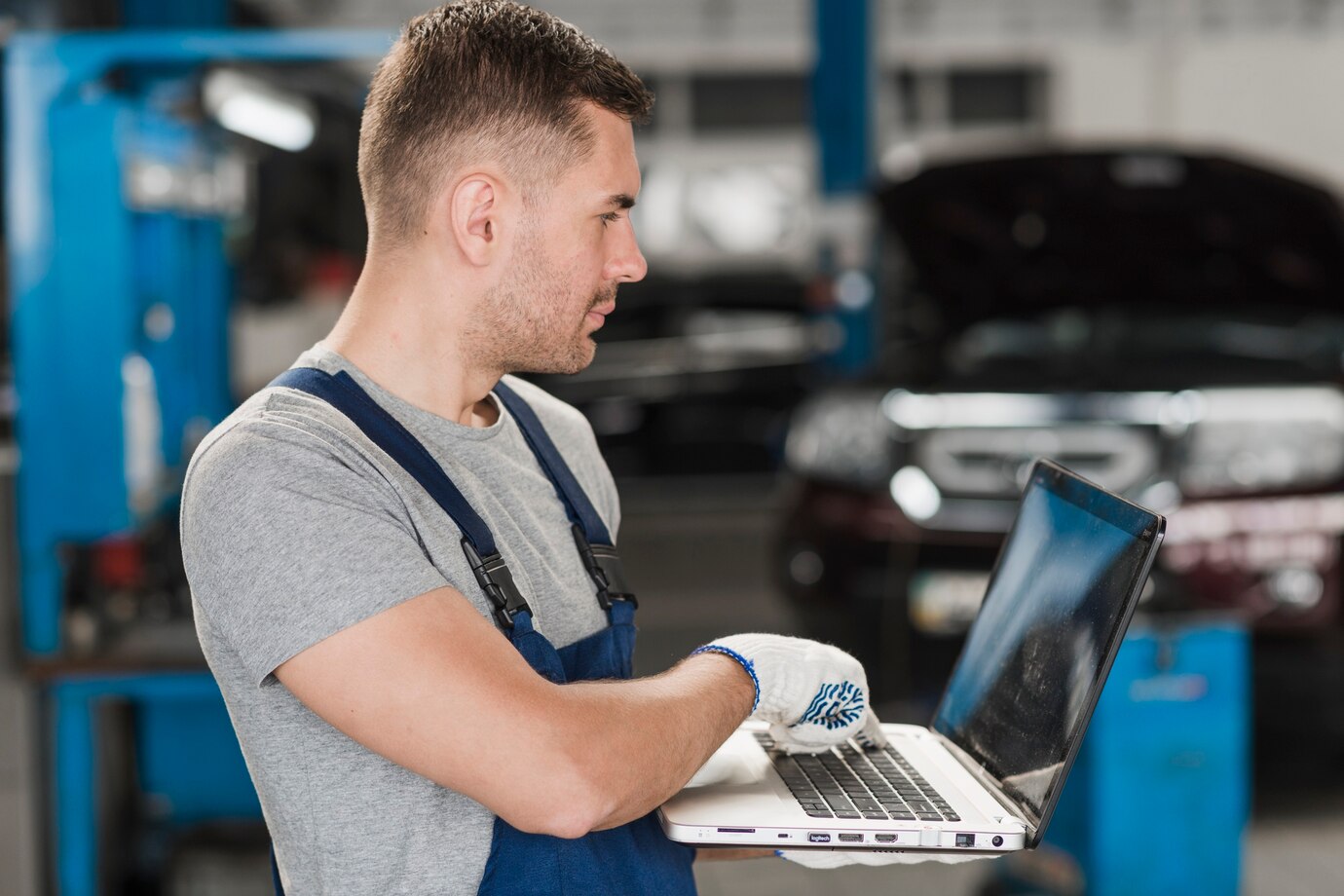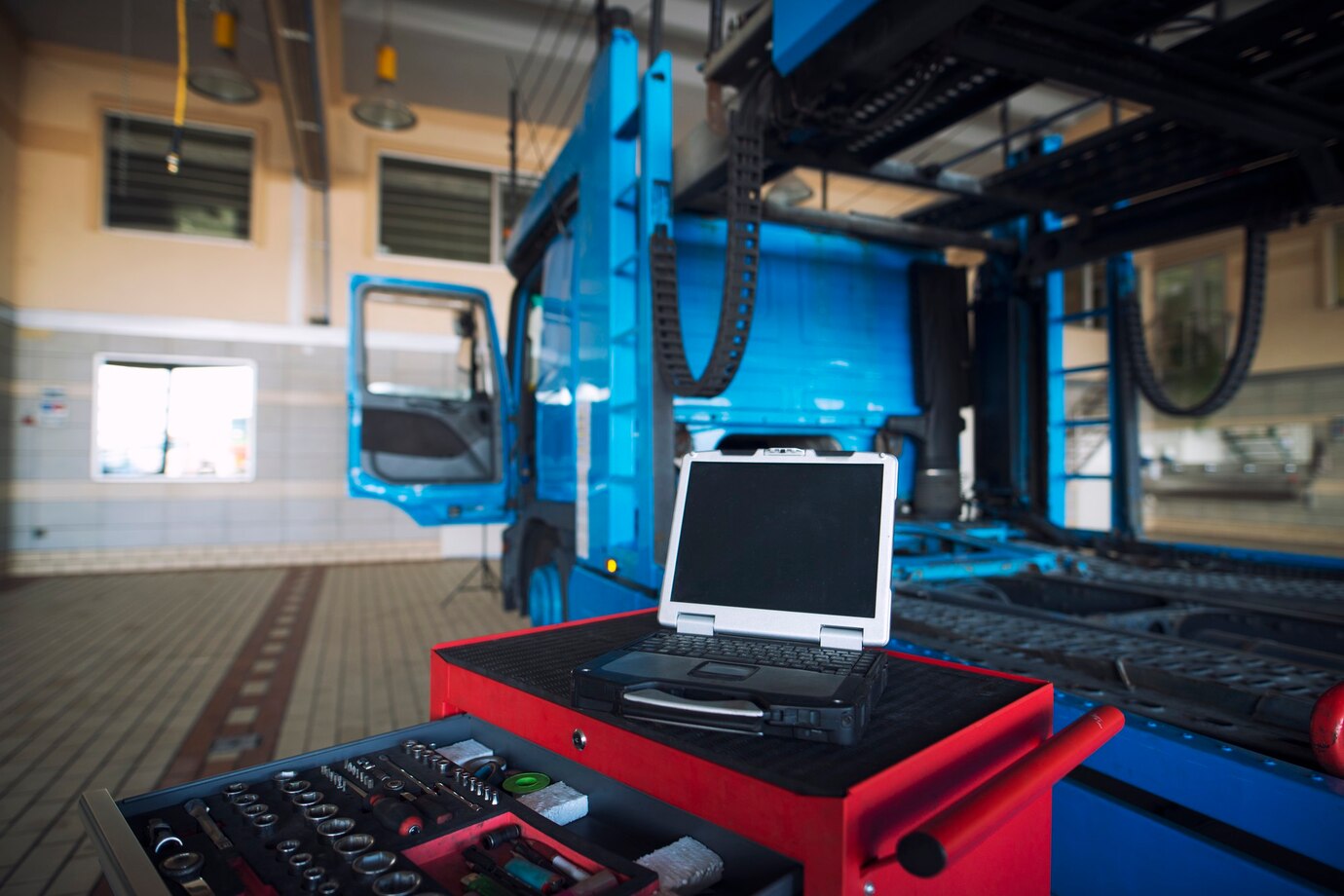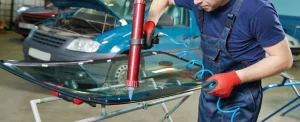If you own a modern car, you’ve probably heard the term ADAS, or Advanced Driver Assistance Systems, thrown around. These systems are the technology behind many of the safety features we now rely on in vehicles—from lane departure warnings to automatic emergency braking. They make driving safer and more efficient, but there’s one crucial thing that not everyone is aware of, i.e., ADAS calibration.

You may not think about ADAS calibration much, especially after something like a windshield replacement, but it’s essential for keeping those safety systems working correctly. So, what exactly is ADAS calibration, and why should you care? Let’s break it down in simple terms.
What is ADAS?
ADAS stands for Advanced Driver Assistance Systems (ADAS). It’s essentially the set of cameras, sensors, radars, and software that helps drivers by monitoring the road, detecting obstacles, and warning of potential hazards. These systems make driving safer by providing automatic assistance when necessary, such as braking if a collision is imminent or adjusting your cruise control to maintain a safe distance from the car in front of you.
Some common ADAS features include:
- Lane departure warnings
- Adaptive cruise control
- Automatic emergency braking
- Traffic sign recognition
- Blind-spot monitoring
Now, all of these features rely heavily on precision. The sensors and cameras, many of which are mounted near or on the windshield, need to be perfectly aligned to function correctly. And that’s where ADAS calibration comes in.
Why is ADAS Calibration Necessary?
Whenever you get a windshield replaced, those sensors and cameras mounted on or around the glass may shift even slightly. A small misalignment can cause the system to give inaccurate readings, which can affect your safety.
Think of it like this: If a lane departure camera is just a few degrees off, it might not detect the lane markings properly. This means you could drift out of your lane without the system notifying you in time. Not good, right?
ADAS calibration ensures that all these sensors, cameras, and radars are aligned and functioning as they should after any work is done to your vehicle, especially if that work affects the windshield or bumper areas. Without calibration, you risk having these safety features fail when you need them most.
When Do You Need ADAS Calibration?
Most people think about ADAS calibration only after a windshield replacement, and while that’s one of the most common reasons, it’s not the only time you might need it. Here are a few situations where ADAS calibration is required:
- Windshield Replacement: When a new windshield is installed, the cameras and sensors need recalibration to ensure they function correctly. This is crucial for maintaining safety and performance. For more information, visit Does My Car Need ADAS Calibration?.
- Collision Repair: After an accident, even if the damage isn’t to the windshield, any bump to the front or rear of your vehicle could misalign the sensors. Calibration is essential to restoring the accuracy of your ADAS features.
- Wheel Alignment or Suspension Work: These services can affect how your vehicle sits on the road and may shift the positioning of your ADAS sensors. Ensuring everything is in sync is important.
- Changes in Vehicle Height: If you’ve added larger tires or adjusted your vehicle’s suspension, this can throw off the calibration of ADAS components, particularly those related to lane-keeping or adaptive cruise control. To learn more about the effects of ADAS calibration, check out 15 Key Impacts of ADAS Calibration on Vehicle Performance.
How is ADAS Calibration Done?
ADAS calibration isn’t something you can DIY in your garage. It requires specialized tools and technology to ensure that the cameras and sensors are perfectly aligned. There are two main types of calibration: static and dynamic.
- Static Calibration: This type is done in a controlled environment, like a workshop. The vehicle is stationary, and technicians use specialized tools and targets placed in specific locations around the vehicle to recalibrate the sensors.
- Dynamic Calibration: In this type, the vehicle needs to be driven on the road for the calibration to be completed. Special equipment is used while driving, and the system is recalibrated based on real-world conditions.
The method used will depend on your vehicle’s make and model, as well as the specific ADAS components needing calibration. Some cars may require a combination of both static and dynamic calibration for optimal performance. If you’re interested in understanding what happens when ADAS won’t calibrate, check out What Happens When ADAS Won’t Calibrate?.
What Happens If You Skip ADAS Calibration?
It’s tempting to think, “Well, my car seems fine. Do I really need to get this done?” The answer is a resounding YES! Skipping ADAS calibration can have some serious consequences, not just for your safety but also for your wallet.

If your ADAS features aren’t properly calibrated, they may not work as intended. For example:
- Lane-keeping systems might fail to alert you when you’re drifting.
- Automatic emergency braking might not engage in time.
- Adaptive cruise control might misjudge the distance between your car and the one ahead, leading to unsafe conditions.
Aside from safety risks, some insurance companies may even refuse to cover accidents where improper ADAS calibration is a factor. This means you could be held liable in a crash, potentially facing higher insurance premiums or out-of-pocket expenses.
The Benefits of Proper ADAS Calibration
Taking the time to get your ADAS system calibrated not only ensures your safety but also prolongs the life of the system itself. Here are some benefits:
- Increased Accuracy: Your safety systems will function with greater precision, improving your overall driving experience.
- Peace of Mind: Knowing that all your vehicle’s safety features are working as intended can help reduce stress on the road.
- Compliance with Manufacturer Guidelines: Many car manufacturers require ADAS calibration after certain types of work, like windshield replacement, to keep the vehicle’s warranty intact.
Get ADAS Calibration Services in San Diego
If your vehicle requires ADAS calibration, it’s important to work with a trusted professional. Proper calibration requires specialized tools, knowledge, and experience. If you are in need of ADAS calibration services in San Diego, Speedy Windshield Repair offers expert solutions to ensure your vehicle’s safety systems are operating correctly.
Whether you’ve just had your windshield replaced or recently made repairs to your vehicle, we can provide the necessary calibration to keep you safe on the road. Reach out today to schedule your calibration and ensure that your ADAS system is performing at its best!



